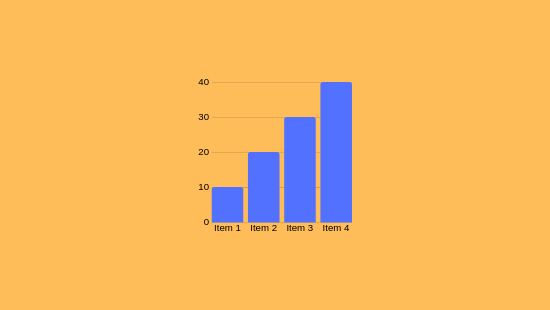
As you delve into forex measurements, you'll understand they're mathematical tools analyzing price and volume data to predict market behaviors. These indicators aid in signaling trends, validating signals, and uncovering extreme market conditions scenarios. For example, the RSI tracks market force, while Bollinger Bands measure variability. Enhancing your trade techniques by integrating these metrics is crucial, especially if aiming to manage risk effectively.
Grasping the Core of Forex Indicators
Forex measurement tools are mathematical aids embedded in graphs to aid investors in analyzing market trends and executing calculated trades. They provide perspectives into price changes and market possibilities by processing historical and real-time data.
Forex tools are categorized into four primary groups: trend indicators (e.g., Moving Averages), momentum indicators (e.g., Relative Strength Index), volatility indicators (e.g., Bollinger Bands), and volume indicators.
These tools can indicate market turns, validate ongoing patterns, or highlight overbought/oversold climates. If you're looking to enhance your methodologies, grasping their roles is fundamental.
Types of Forex Indicators
When assessing market trends, traders often deploy a selection of measures to aid in decision-making.
Forex tools are categorized into different types, each serving specific purposes.
Trend Indicators like Moving Averages (MA) and Bollinger Bands assist in detecting trends and possible price surges.
Momentum Indicators, including the Moving Average Convergence/Divergence (MACD) and Relative Strength Index (RSI), recognize shifts in price momentum and highlight overbought or oversold conditions.
Volatility Indicators like the Average True Range (ATR) measure fluctuations, assisting investors in setting stop-loss thresholds.
When applied wisely, these indicators can boost trading proficiency.
Key Indicators for Trading Decisions
To executive insightful investment choices, understanding and applying key indicators that evaluate market states is essential.
Price Movements (MA) track mean trade values over specific periods, unveiling tendencies by smoothing fluctuations.
The RSI gauges market force on a 0–100 scale, flagging overbought conditions above 70 and signaling oversold scenarios below 30.
MACD compares two exponential moving averages to validate directional trends, with histograms displaying positive or negative trajectories.
Bollinger Bands utilize variability measures around a moving average to determine volatility and potential reversals.
Retracement intervals denote support/resistance zones considering historical shifts.
Synthesizing these indicators enhances precision by verifying signals if congruent, facilitating precise timing for currency pairs.
Using Indicators for Risk Management
As you fine-tune investment methods, effectively applying indicators for risk management is crucial. Indicators like Moving Averages and Bollinger Bands gauge fluctuations and identify potential entry/exit points for risk oversight.
These tools allow for exact stop-loss orders and limit orders, critical for modulating potential losses.
For instance, applying stop-loss orders restricts your loss to a certain amount, such as 2% of your trading capital per trade. This measured strategy aids in managing forex risks by curtailing exposure to market volatility and leverage, which are notable risks in forex trading.
Combining Indicators for Enhanced Accuracy
Combining indicators is a sophisticated strategy for elevating accuracy in forex trading. This method enables for the use of diverse instruments to evaluate several aspects of market dynamics, such as trends, momentum, and variability.
By implementing indicators like Price Averages, RSI, and MACD, you can craft formidable trading strategies. For example, combining Moving Averages with RSI and Volume confirms trends and drive, while Bollinger Bands with Stochastic discovers volatile scenarios and possible reversals.
If diverse measurement tools work together, redundancies are minimized, and investment prompts are intensified.
Conclusion
You now grasp how forex indicators function, covering their diversities like trend, momentum, and volatility tools. These elements assist in spotting potential reversals and validating ongoing here trends. By integrating indicators, trading precision is boosted, and risk management is conducted more adeptly. As an example, using the Relative Strength Index (RSI) to spot overbought conditions and Bollinger Bands to evaluate volatility can refine your trade choices.